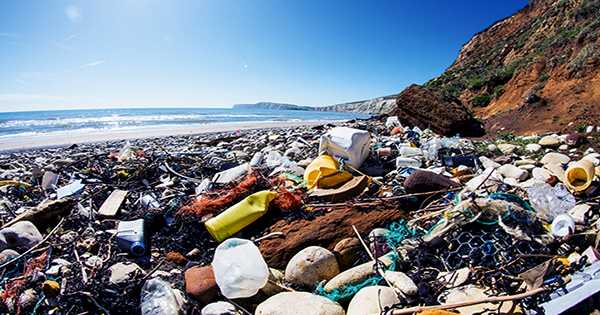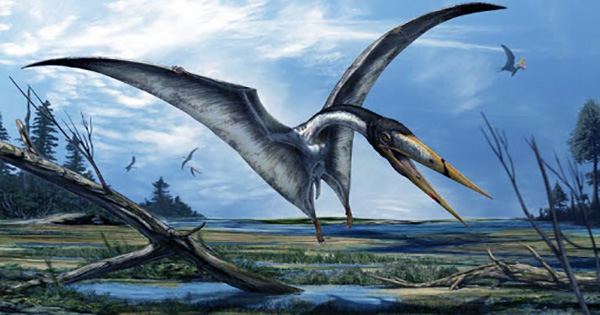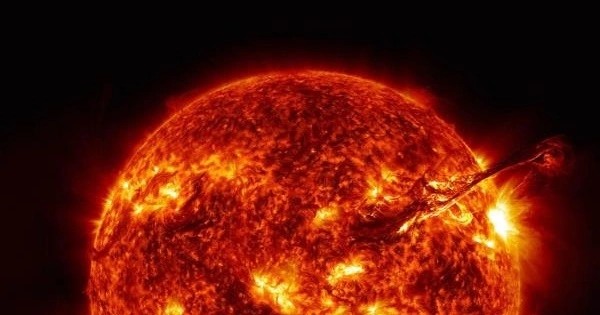We have known for a long time that people are harmful to marine life, but it is difficult to quantify how catastrophic our effect has been. One startling way of seeing it, according to new research published this week in the journal Science Advances, is that humans has stolen so much from marine biodiversity that we’ve really broken one of nature’s most broad-reaching rules.
The seas are home to some of the strangest, wildest living forms on the globe, from the blue whale, which is larger than any other animal in the planet’s history, to the Myxozoa jellyfish, which is too tiny to be seen by the naked eye.
In addition, there has been a secret harmony regulating them for centuries: a biomass distribution law that seemed to ensure that size classes in the ocean fairly well matched overall.
“Roughly equivalent amounts of material occur at all particle sizes… from bacteria to whales,” said Sheldon et al, the team that initially theorized what known as the size spectrum or Sheldon spectrum, in 1972.
They originally claimed that if we sorted marine life into beans labeled by a class of approximately equal logarithmic sizes, for example, whales housed in a bean labeled “10-100 meters” (33-328 feet); Dolphins and tiger sharks will be housed in “1-10 m” (3-33 ft) bins and much more – then, with a few exceptions, those bins should be the same size. A bacterium may be 23 orders of magnitude smaller than a blue whale, yet there are around 23 orders of magnitude more bacteria in the ocean than blue whales.
Over the years, a number of studies have attempted to validate the Sheldon spectrum, and the majority of them have found it to be accurate. However, the ocean is a vast space, and no one has yet been able to account for the whole spectrum of species that call it home. The researchers behind this week’s discoveries intended to alter that. “One of the most difficult aspects of comparing creatures ranging from bacteria to whales is the vast disparities in scale,” lead author Dr. Ian Hatton noted. “Their mass ratio is similar to that of a human being and the entire Earth.” More than 200,000 water samples were gathered globally to estimate creatures at the tiny end of the spectrum, while greater marine life required totally other methodologies.”
The team tested Sheldon’s hypothesis using a variety of ocean observation techniques, including sonar and satellite observations, as well as the most recent meta-analyses: first, they evaluated it in its “pristine” state before 1850, “before industrial-scale human capture of fish and marine mammals,” according to the study, using a combination of established historical reconstructions and marine ecosystem models.
Dr. Eric Galbraith, one of the study’s co-authors, remarked, “We were surprised.” “Globally, each order of magnitude size class comprised around 1 gigaton of biomass.” They discovered that the Sheldon spectrum held up under ideal conditions. They next put the theory to the test in the real world.
The report states, “The whole-ocean pattern is not immune to human influences.” “Despite the fact that marine mammal and wild fish catches account for less than 3% of annual human food consumption, fish larger than 10 grams [0.4 ounces] and marine mammals are likely to have had their biomass reduced by about [60 percent] since 1800, with the largest size classes experiencing a near 90% reduction in biomass.” These losses are orders of magnitude larger than we should expect even under the worst climate change scenarios, according to the authors, and they highlight the outsized influence humans are having on marine ecosystems.
“Previous research has shown that humans are now the top predator in the marine environment, having displaced most predatory fish and animals that formerly occupied the highest ranges of the size spectrum,” the report states. “This begs the question: Do humans now play the same function as the predators we’ve exterminated?” Have we just put ourselves into the marine size range and assumed the role of the top predator? “Clearly, the answer is no.” “Clearly, people have profoundly changed the flow of energy across the ecosystem via the cumulative influence of the previous two centuries, rather than simply replacing the ocean’s top predators.”
















